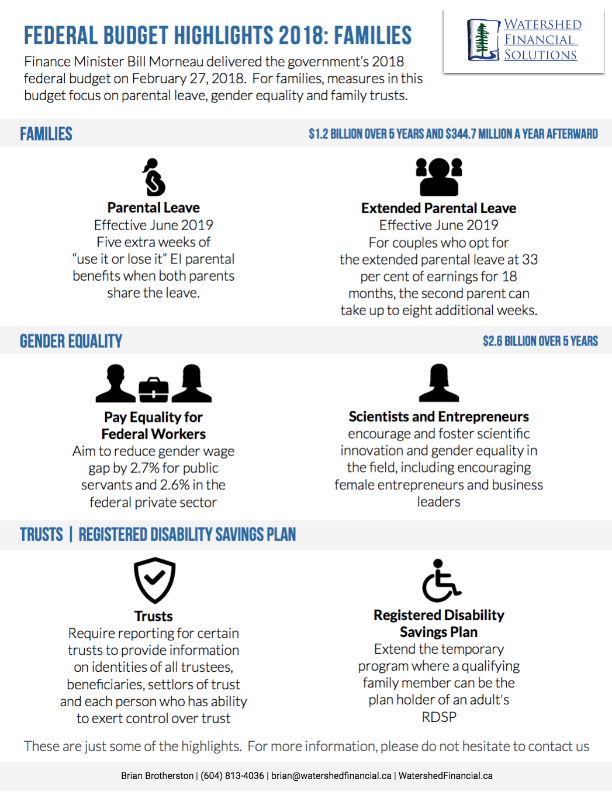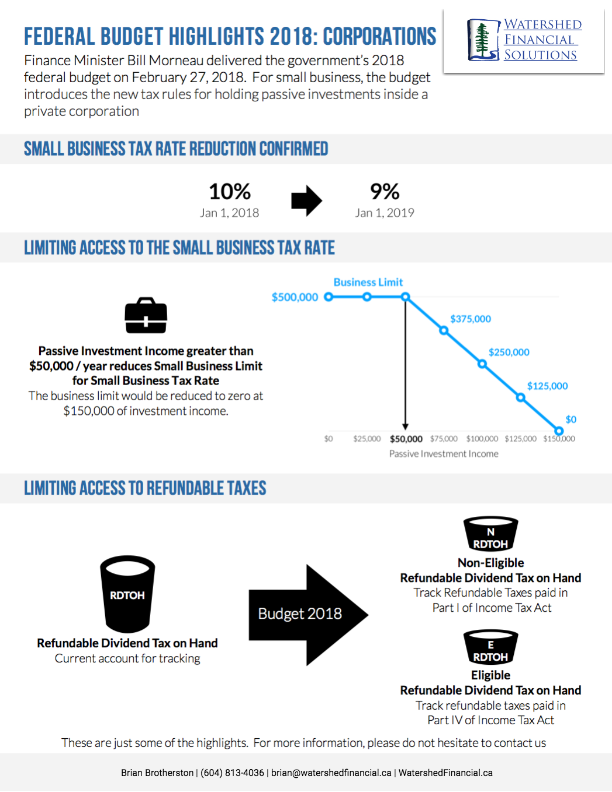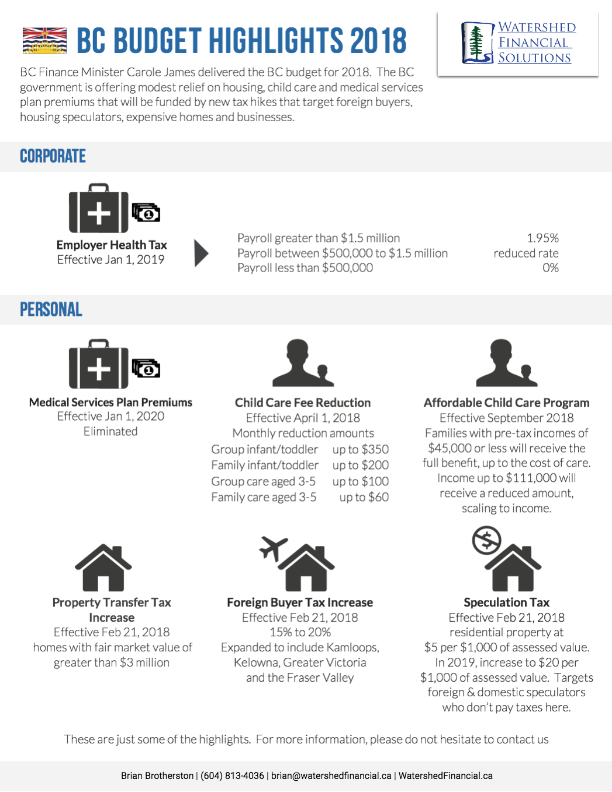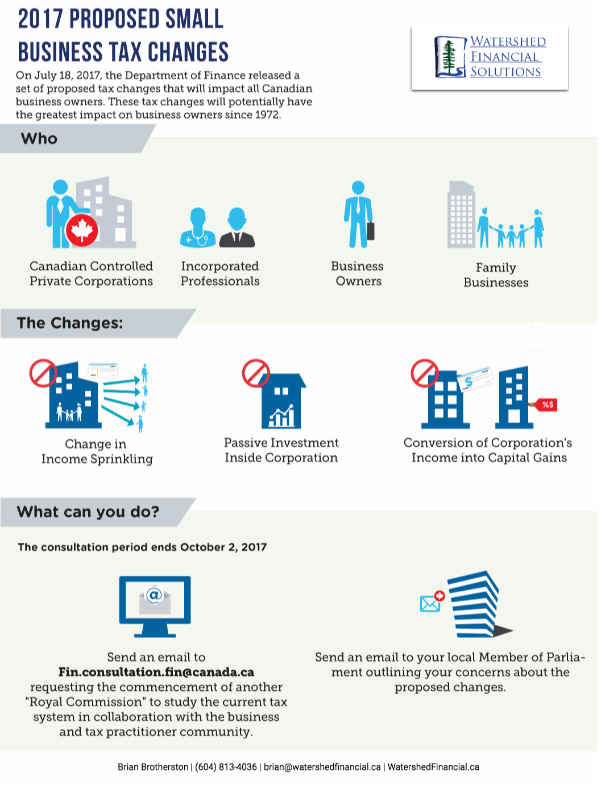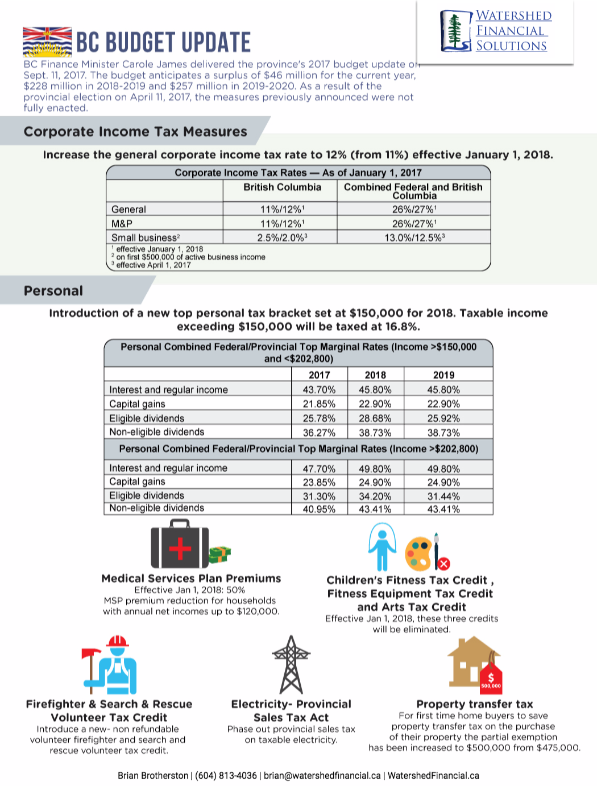Government of Canada to allow up to $400 for home office expenses
For the 2020 tax year, the Government of Canada introduced a temporary flat rate method to allow Canadians working from home this year due to Covid-19 to claim expenses of up to $400. Taxpayers will still be able to claim under the existing rules if they choose using the detailed method.
Eligibility
From the canada.ca website:
Each employee working from home who meets the eligibility criteria can use the temporary flat rate method to calculate their deduction for home office expenses.
To use this method to claim the home office expenses you paid, you must meet all of the following conditions:
-
You worked from home in 2020 due to the COVID-19 pandemic
-
You worked more than 50% of the time from home for a period of at least four consecutive weeks in 2020
-
You are only claiming home office expenses and are not claiming any other employment expenses
-
Your employer did not reimburse you for all of your home office expensesWhat if your employer has reimbursed you for some of your home office expenses
You need to meet all of the above conditions to be eligible to use the Temporary flat rate method.
New eligible expenses
For the detailed method, the CRA has expanded the list of eligible expenses that can be claimed as work-space-in-the-home expenses to include reasonable home internet access fees. A comprehensive list of eligible home office expenses has also been created.




